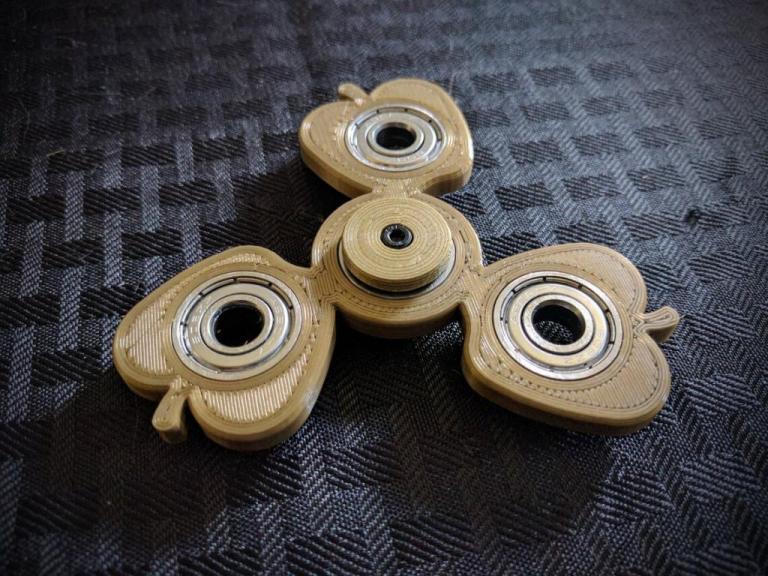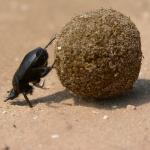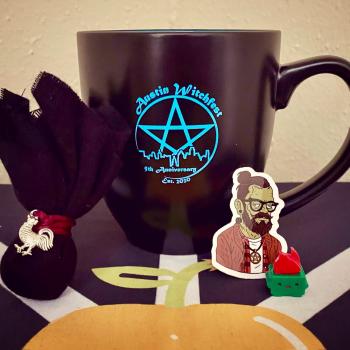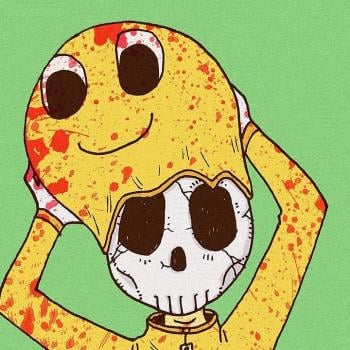“I have a point. I promise.” –Elle Woods
So I started reading this book on “Traditional” Witchcraft, because I’d heard a lot of good things about the author — by all accounts, he knew his stuff, so I figured it would be educational, if not entertaining. Disappointingly, the introduction lead with, “This is REAL, TRADITIONAL WITCHCRAFT; this is NOT the Wicca Gerald Gardner invented,” followed by a smattering of anti-Wiccan nonsense, which got a big eye-roll out of me: I mean, it’s just kind of late in the game for “WICCA BAD” to still be considered a talking point. But I shrugged it off and plowed ahead into the first chapter.
And after a few pages about the formation of a coven (or, as the author called it, cuveen), I was like, “Wow. This is starting to sound… eerily familiar.”
I pulled out some other TradCraft books to see if I could locate references to the information presented but turned up zilch. I also poured through Aradia: The Gospel of the Witches and The Witch Cult in Western Europe, but no dice. However, after another hour or so of digging, I finally found the source.
In my handwritten copy of the Gardnerian Book of Shadows.
And I was like, “That’s it. We need to talk about fidget spinners.”

The idea of using a small object to keep one’s hands busy is an ancient one: Worry stones can be found in the varied histories of Tibet, Ireland, and First Nation tribes; Greek komboloi, or worry beads, originated in Medieval times; and Chinese Baoding balls trace back to the Ming Dynasty.
We can’t really be sure if any of the above inspired what we now know as fidget spinners, but what we do know is that in the mid-80s, a chemical engineer named Catherine Hettinger began designing a new toy that started, according to her, “as a way of promoting peace, and then I went on to find something that was very calming.”
Hettinger finished the prototype of her spinning toy in 1993 and had a patent approved four years later. Toy companies didn’t show any interest in her device, though, and when the patent expired in 2005, she chose not to renew it — which meant that anyone could now take the product concept and run with it. A decade later, fidget spinners started popping up all over the place, and they were being promoted as tools to help kids with ADHD and anxiety improve their ability to focus.

It feels a bit ambitious to take an item that was originally meant to just instill a sense of calm and rebrand it as a neurodiversity cure-all, but by 2017, fidget spinners had saturated pop culture and found their way into the hands of children everywhere (and not just the ones who were anxious and/or hyperactive). They became the must-have toy of the year, but, as often happens with fads, the newness wore off, and people started questioning how useful the spinners really were.
Studies came out claiming that fidget spinners were actually harmful to children’s psychological development, and in classrooms, the spinners were turning out to be harmful in general — mainly when they slipped out of kids’ hands and propellered into other kids’ heads.
At this point, they weren’t being used as Hettinger intended: They weren’t really ever supposed to be anything more than mass-produced worry stone alternatives with ball bearings, but because of how they were marketed, the primordial intent was abandoned. People who didn’t have any personal experience with them saw them as aggravating distractions, which opened the door for skeptics to claim that they’d never served a beneficial purpose in the first place.
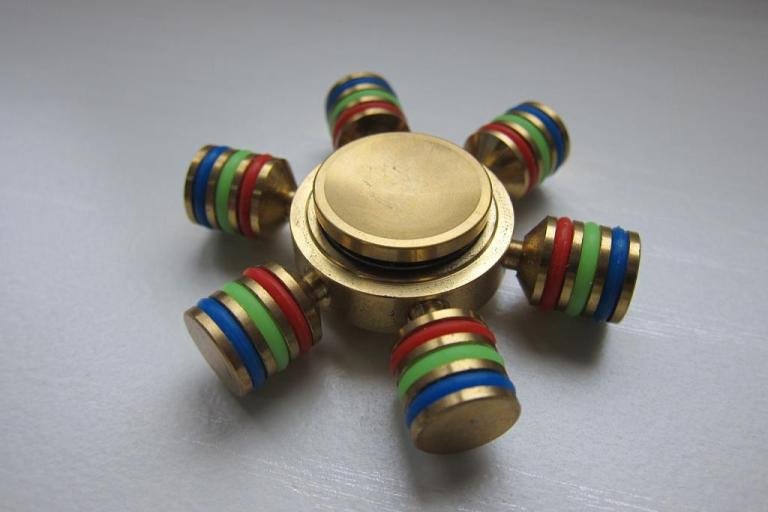
Just as quickly as fidget spinners had taken over the world, they were written off as follies. The Wikipedia article on fidget spinners is pointed, stating, “[A]s of May 2017, there is no scientific evidence that they are effective as a treatment for ADHD.” The page also dismisses Hettinger as the inventor of the fidget spinner and reassigns credit to a guy whose “cutting edge” versions start at $150.
Meanwhile, the fidget industry has exploded. An Amazon search for fidget toys turns up more than 4000 results, and non-spinning fidget accessories are being hailed as the perfect resources for managing both ADHD and autism.
Those spinners, though: They are problematic and obsolete. (Except for the $150 model. Apparently.)

As someone who lives with ADHD and a panic disorder, it was painful to witness the rise and fall of the fidget spinner. But it’s also what I think about every time someone tries to step on Wicca to promote their own Tradition, or when a “teacher” announces, “Wicca doesn’t work,” before walking their student through a series of Wiccan practices.
And then I remember that Catherine Hettinger hasn’t given up on her spinning toy, and that she holds no ill will towards the companies that flooded the market with copycat designs and promptly ran them into the ground. And I remember that Hettinger doesn’t mind that that other dude gets credited with inventing the fidget spinner, and that if a spinner helps keep me calm when my anxiety flares up, then that’s all that matters, regardless of what anyone else thinks of it.
So if people want to hate on Wicca, or try to turn it into something it’s not, or strip-mine it to flesh out their own “legitimate” Traditions without attribution, or choose to remain willfully ignorant about its origins, or whatever, that’s fine.
None of it will stop me from spinning.
